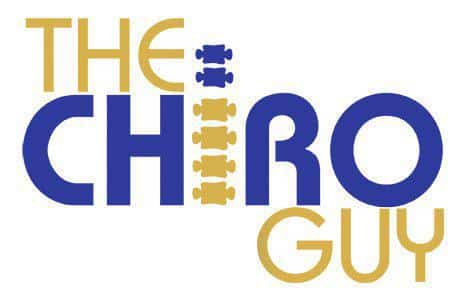In life’s journey, unexpected hurdles can surface, leaving us bewildered and uncertain. One such challenge that many individuals face is the diagnosis of Parkinson’s disease. This progressive neurological disorder can profoundly impact daily life, affecting movement, balance, and overall well-being. However, a ray of hope shines through the gloom – physical therapy often in synergy with the expertise of a chiropractor in Beverly Hills. Together, they play an instrumental role in managing the symptoms of Parkinson’s disease improving the quality of life for those living with this condition. In this comprehensive guide, we will explore the transformative role of physical therapy in the lives of those with Parkinson’s disease, offering a beacon of hope and the promise of a brighter future.
Understanding Parkinson’s Disease
Parkinson’s disease, named after the English physician James Parkinson, who first described it in 1817, is more than just a movement disorder. As the disease progresses, it weaves through various facets of an individual’s life, impacting motor skills, cognitive function, and emotional well-being. Tremors, bradykinesia, muscle rigidity, and postural instability are the hallmark symptoms, creating a tapestry of challenges that demand a holistic management approach.
Characterized by the gradual degeneration of dopamine-producing neurons in the brain, it gives rise to many symptoms impacting movement, balance, and daily functioning. In the face of this formidable challenge, individuals often find solace and strength through a comprehensive approach to management. Among the key support pillars is physical therapy, a transformative intervention beyond merely addressing symptoms.
At the heart of Parkinson’s disease lies a dance of neurons and the crucial neurotransmitter dopamine. The gradual loss of dopamine-producing cells in the substantia nigra region of the brain disrupts the delicate balance necessary for smooth, controlled movements. The resulting dopamine deficiency gives rise to the characteristic motor symptoms that define Parkinson’s.
Enter Physical Therapy: A Guiding Light In The Darkness
Amidst the complexities of Parkinson’s, physical therapy emerges as a guiding light, offering a multidimensional approach to management. In Beverly Hills, where health and wellness are paramount, physical therapy is pivotal in addressing the unique needs of individuals battling Parkinson’s disease.
Restoring Mobility
One of the primary battlegrounds in Parkinson’s is mobility. Individuals often find themselves grappling with stiffness and reduced range of motion, hindering their ability to move freely. Physical therapists in Beverly Hills specialize in tailoring exercise regimens that focus on enhancing flexibility, strength, and coordination. Targeted exercises guide individuals toward regaining control over their bodies, fostering a renewed sense of independence.
Balancing Act
Postural instability is a common challenge for those with Parkinson’s, heightening the risk of falls and injuries. Physical therapy steps in with specialized balance training, equipping individuals with strategies to navigate the world with greater stability. These interventions not only prevent falls but also contribute to a sense of confidence and security in daily activities.
The Synergy Of Physical Therapy And Chiropractic Care
While physical therapy is a cornerstone in Parkinson’s management, the synergy with chiropractic care in Beverly Hills amplifies the positive outcomes. Chiropractors, with their expertise in spinal health, complement the efforts of physical therapists.
Spinal Alignment
Chiropractors recognize the interconnectedness of the nervous system and spinal health. Misalignments in the spine can exacerbate Parkinson’s symptoms, leading to increased discomfort and compromised functionality. Through manual adjustments and targeted therapies, chiropractors work alongside physical therapists to ensure optimal spinal alignment, promoting overall well-being.
Pain Management
Chronic pain often accompanies Parkinson’s disease, posing an additional layer of challenge. Chiropractic care, with its focus on alleviating pain through non-invasive methods, aligns seamlessly with the goals of physical therapy. Together, these therapeutic modalities provide a comprehensive approach to pain management, enhancing the overall quality of life for individuals with Parkinson’s.
In the narrative of Parkinson’s disease, physical therapy stands as a beacon of hope and empowerment. It tackles immediate challenges and instills resilience. Beverly Hills chiropractors and physical therapists collaborate for support. In the Parkinson’s journey, physical therapy represents the human spirit’s strength. It illuminates a path to an enriched life. The complexities of the disease illuminate a path toward a fulfilling and enriched life.


